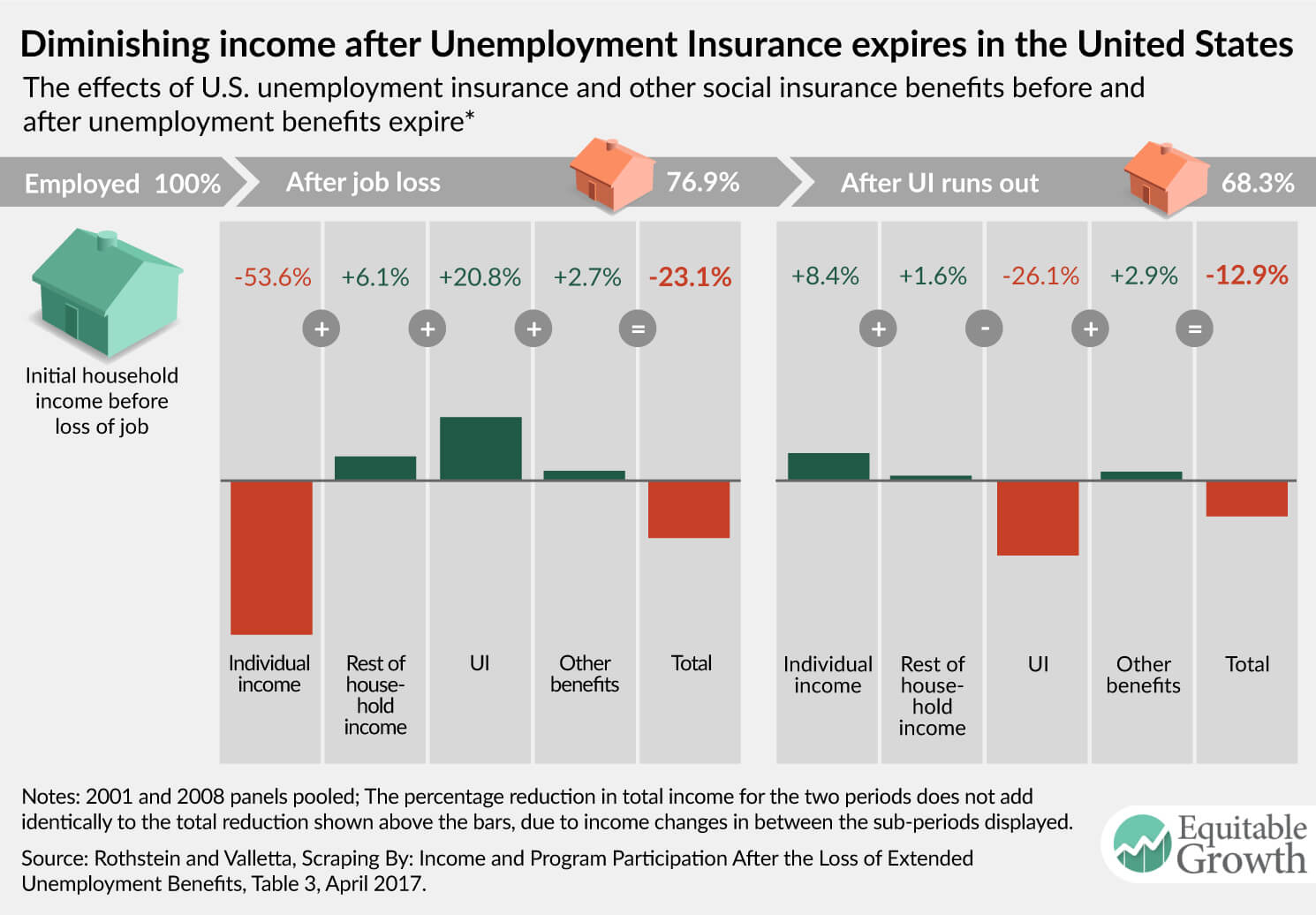A recent speech by the Bank of International Settlements’ head of research, Hyun Song Shin, could not be more timely. Shin argues that a recent re-evaluation of capital controls on the flow of global investments by some analysts may have gone too far. Shin sees the use of capital controls as trying to cure the symptoms of excessive lending by banks with too much foreign capital accumulating on their balance sheets and not the underlying disease, which is excessive leverage and the instability of funding based on the fickle flows of international capital.
But as Matt Klein points out at FT Alphaville, the line between macro-prudential regulations—such as the so called Dodd-Frank financial regulatory laws put in place in the United States in the wake of the Great Recession—and capital controls such as those used by China and Malaysia to avoid the worst of the global financial crisis of the 1990s isn’t so clear. Of course, there is the possibility that two policies can be used in conjunction with the mix of policies varying depending on the economy.
To put this in a more understandable context, let’s think through how international capital flows can result in a crisis. Say, a country receives an influx of foreign capital that ends up in the country’s banking system, as happened in many East Asian economies in the 1990s when much borrowing was done in U.S. dollars. Foreign lenders are now depositors at the banks and own a large chunk of these domestic banks’ liabilities. The banks can now use these deposits to make loans to the rest of the local economy. If enough of these foreign-capital fueled loans go to one sector of the economy, then the result is a buildup in debt in that section of the economy.
This whole process moves along fine until one day a rising number of domestic borrowers suddenly can’t service their loans for some reason. The banks now have assets that are declining in value, but their liabilities (the deposits from the foreign lenders) are still there. The foreigners realize the banks’ assets are shaky, take out their deposits, and the money leaves the country. Series of events like this are familiar in emerging market economies where global capital is seeking out higher returns. These concerns are relevant today for emerging markets as many of these economies have borrowed significant amounts in U.S. dollars in recent years.
But are such concerns relevant to the United States? In fact, as the recipient of quite a bit of foreign capital, the United States runs a capital account surplus. On net, the United States receives capital from the rest of the world. What’s more, there’s some evidence that the global imbalances of the mid-2000s—better known as the global savings glut—contributed to the U.S. housing bubble. And while the savings glut has morphed over the years, capital is still flowing into the United States, though today, corporate bonds seem to be the preferred asset this time around.
Policymakers in the United States belatedly recognized the dangers of this kind of debt build up and the fragility of the financial sector and passed the Dodd-Frank financial reform act. Part of the new view on financial regulation was an appreciation of “macro-prudential” regulation. These regulations seek to limit risks in certain sectors of the U.S. economy, such as reducing leverage in the banking sector or highlighting the systemic importance of particular firms. But if the concern is that foreign capital flows are increasing financial instability, another solution is to impose capital controls that would slow down the inflow and outflow of foreign capital. China, for example, has yet to fully liberalize it’s capital account and delaying this opening may be benefitial for the global economy.
With apologies to the Robinson Crusoe parables that introductory economics teachers love, no economy is an island. That cliché is especially true in a world where restrictions on the international movement of capital have been either eliminated or drastically reduced, enabling capital to flow unconstrained by borders toward its most efficient use. There may be significant benefits from more liberalized global capital flows, yet the costs are much larger than most proponents probably expected. The freer flow of capital has led to several severe financial crises as it contributed to the buildup of debt. Policymakers interested in promoting financial and economic stability clearly have a delicate balance to walk.


